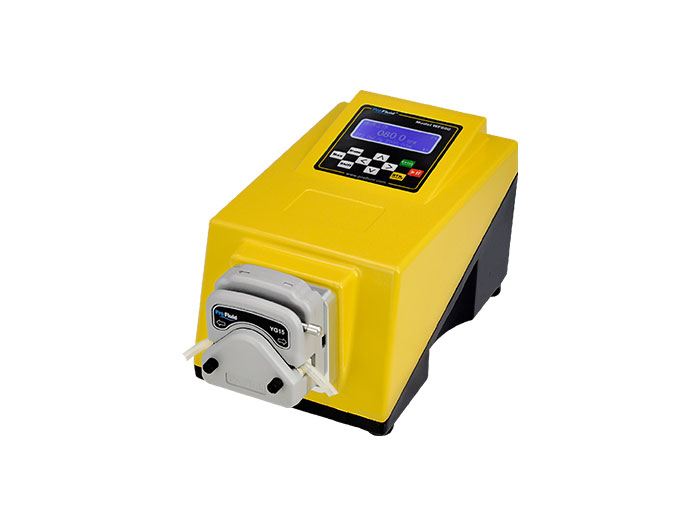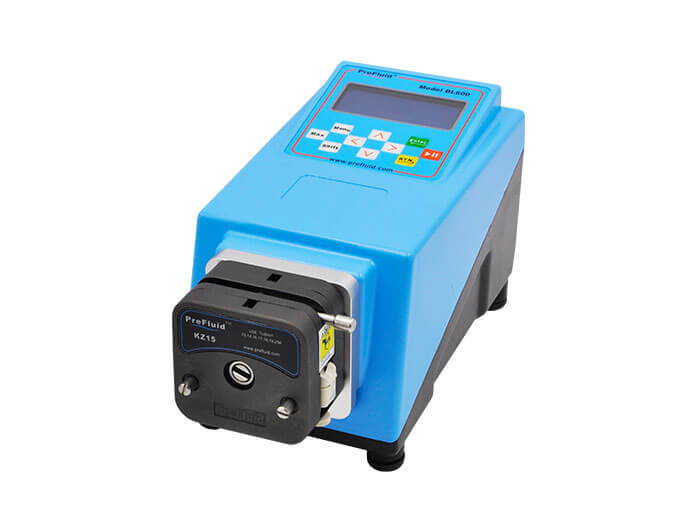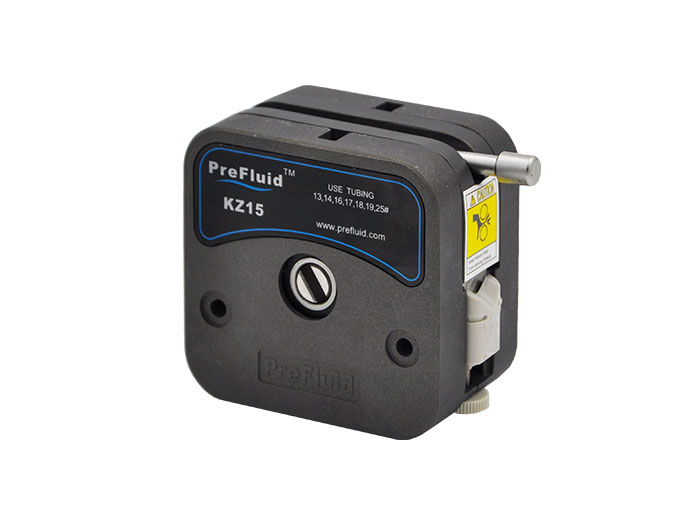In many industrial sectors, fluid transportation is a crucial step. It concerns not just the quality of equipment and products, but also costs and efficiency. To ensure that each workflow can proceed smoothly and efficiently, it's essential to choose the right transportation tool.
Peristaltic pump flow is one of the most popular fluid transportation tools today. This technology is widely used in various industries, including pharmaceuticals, food, petrochemicals, and water treatment.
Peristaltic pumps have many unique features that can provide high-quality fluid transportation solutions.
A peristaltic pump is a type of pump that operates by compressing and relaxing a hose or tube with a wave plate or rollers. Its main working principle is to push fluids by squeezing and releasing the hose. This mode of operation makes the peristaltic pump an excellent choice for handling high-viscosity, high-concentration, and corrosive fluids.
Additionally, peristaltic pumps have controllable flow rates, a wide capacity range, compact size, and easy installation. Thanks to these advantages, peristaltic pumps perform exceptionally in various working environments and have a wide range of applications.
Another advantage of peristaltic pumps is their lower operating costs compared to other pumps. The construction of a peristaltic pump is straightforward, requiring fewer parts, and maintenance and part replacement are convenient. In contrast, the maintenance and upkeep costs of other types of pumps are much higher.
Peristaltic pumps can be trusted to run for a long time. Because peristaltic pumps have no rotating parts or seals, they have a long service life. Also, as a very safe pump, peristaltic pumps do not produce electric sparks, so they can be used in explosive environments.
Choosing the right peristaltic pump can improve production efficiency, reduce maintenance costs, and extend the life of the equipment. Of course, to ensure the efficient operation of the peristaltic pump, it needs to be selected based on actual needs.
Factors to consider include flow rate, hose material and density, and the characteristics of the transported liquid. These factors must be comprehensively considered when assessing needs under different working conditions.
In summary, for businesses wanting high-quality fluid transportation, the peristaltic pump is an excellent choice. Its efficiency, reliability, and low cost make it a widely applied solution. If you are looking for a reliable fluid transportation method, then peristaltic pump flow is indeed worth trying.


